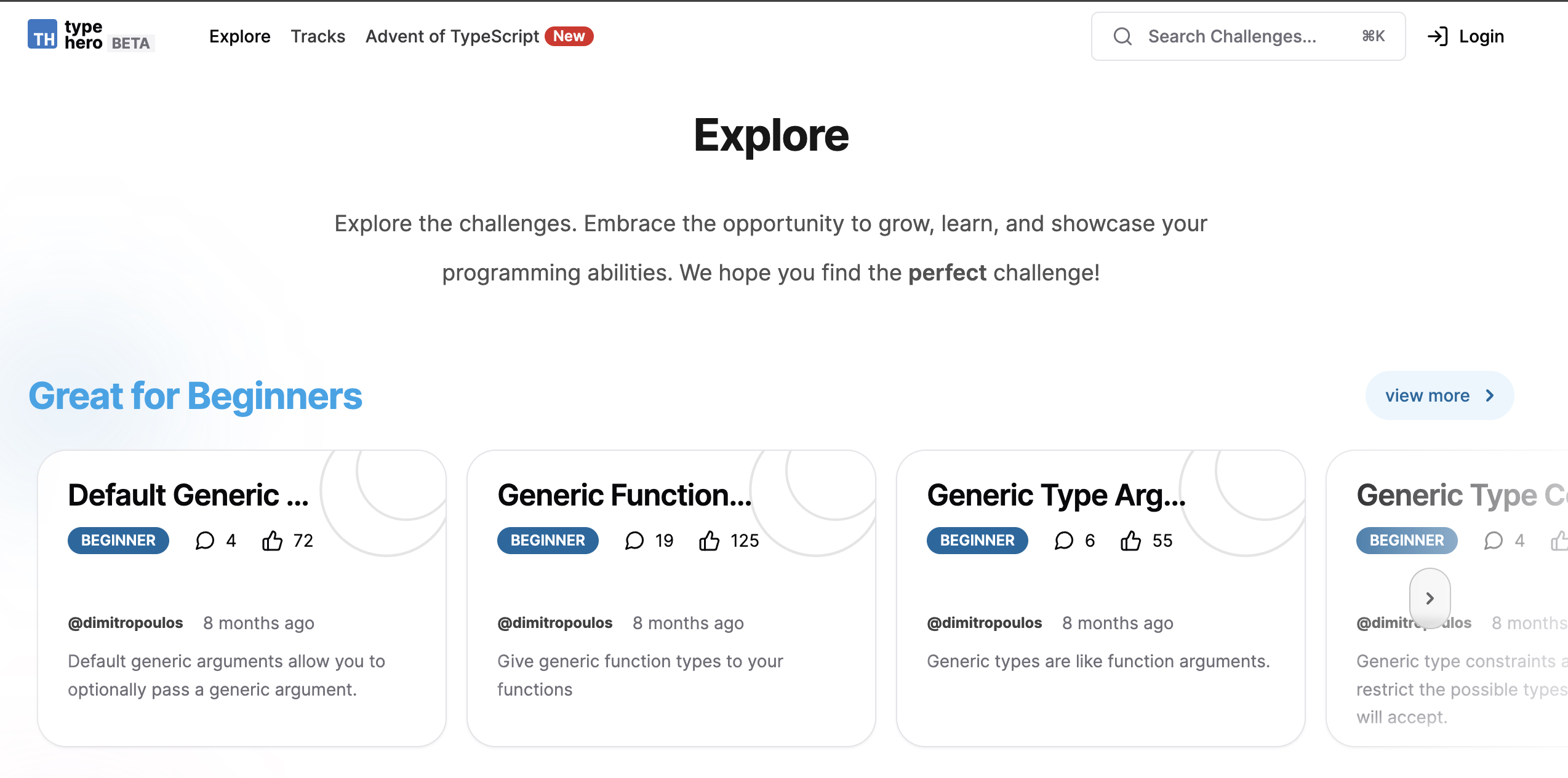TypeScript
เป็นภาษาการเขียนโปรแกรมที่พัฒนาโดย Microsoft และเป็นการขยายความสามารถของ JavaScript โดยการเพิ่มระบบประเภท (type system) เข้ามา ซึ่งช่วยในการเขียนโค้ดที่มีความชัดเจนและมั่นใจในความถูกต้องมากขึ้น TypeScript สามารถคอมไพล์เป็น JavaScript เพื่อให้สามารถรันบนเบราว์เซอร์หรือแพลตฟอร์มอื่น ๆ ที่รองรับ JavaScript ได้
คุณสมบัติของ TypeScript
1. การประกาศประเภท (Type Annotations)
การประกาศประเภทใน TypeScript ช่วยให้สามารถกำหนดประเภทของตัวแปร ฟังก์ชัน และคลาสได้
let isDone: boolean = false;
let count: number = 42;
let name: string = 'John Doe';
function greet(name: string): string {
return 'Hello, ' + name;
}2. Interfaces
Interfaces ใช้ในการกำหนดรูปแบบของวัตถุที่ต้องปฏิบัติตาม
interface Person {
firstName: string;
lastName: string;
age?: number; // age เป็นคุณสมบัติที่ไม่จำเป็นต้องมี
}
function printName(person: Person) {
console.log(person.firstName + ' ' + person.lastName);
}
let john: Person = { firstName: 'John', lastName: 'Doe' };
printName(john);3. Classes
TypeScript รองรับการใช้งานคลาส ซึ่งเป็นคุณสมบัติที่มีใน ECMAScript 6 (ES6)
class Animal {
private name: string;
constructor(name: string) {
this.name = name;
}
move(distance: number = 0) {
console.log(`${this.name} moved ${distance} meters.`);
}
}
class Dog extends Animal {
bark() {
console.log('Woof! Woof!');
}
}
let dog = new Dog('Rex');
dog.bark();
dog.move(10);4. Generics
Generics ช่วยในการสร้างฟังก์ชัน คลาส หรืออินเทอร์เฟซที่สามารถทำงานกับชนิดข้อมูลหลายชนิดโดยไม่ต้องระบุชนิดข้อมูลล่วงหน้า
function identity<T>(arg: T): T {
return arg;
}
let output1 = identity<string>('myString');
let output2 = identity<number>(42);5. Enums
Enums เป็นโครงสร้างข้อมูลที่ใช้ในการกำหนดค่าคงที่ที่มีความหมาย
enum Color {
Red,
Green,
Blue
}
let c: Color = Color.Green;
console.log(c); // Output: 16. Type Inference
TypeScript สามารถกำหนดประเภทของตัวแปรได้โดยอัตโนมัติจากค่าที่กำหนดให้
let someValue = 'this is a string'; // someValue ถูกกำหนดประเภทเป็น string โดยอัตโนมัติ7. Type Assertion
Type Assertion ช่วยให้สามารถบอก TypeScript ว่าตัวแปรมีประเภทที่เฉพาะเจาะจง
let someValue: any = 'this is a string';
let strLength: number = (someValue as string).length;การตั้งค่าและการคอมไพล์ TypeScript
- ติดตั้ง TypeScript โดยใช้ npm:
npm install -g typescript- สร้างไฟล์ TypeScript (เช่น
app.ts):
let message: string = 'Hello, TypeScript!';
console.log(message);- คอมไพล์ไฟล์ TypeScript เป็น JavaScript:
tsc app.ts- จะได้ไฟล์ JavaScript (เช่น
app.js):
var message = 'Hello, TypeScript!';
console.log(message);การใช้ TypeScript กับเฟรมเวิร์คยอดนิยม
1. React
ติดตั้ง TypeScript และการตั้งค่าในโปรเจค React:
npx create-react-app my-app --template typescriptตัวอย่างการใช้งาน:
import React from 'react';
interface AppProps {
message: string;
}
const App: React.FC<AppProps> = ({ message }) => {
return <h1>{message}</h1>;
};
export default App;2. Node.js
ติดตั้ง TypeScript ในโปรเจค Node.js:
npm init -y
npm install typescript @types/node --save-dev
npx tsc --initสร้างไฟล์ TypeScript (เช่น index.ts):
import * as http from 'http';
const server = http.createServer((req, res) => {
res.statusCode = 200;
res.setHeader('Content-Type', 'text/plain');
res.end('Hello, TypeScript with Node.js!\n');
});
server.listen(3000, () => {
console.log('Server running at http://localhost:3000/');
});คอมไพล์และรันไฟล์:
npx tsc
node dist/index.jsTypeScript ช่วยให้นักพัฒนาสามารถเขียนโค้ดที่มีคุณภาพสูง มีความปลอดภัยและมีประสิทธิภาพในการพัฒนาโปรเจคขนาดใหญ่ โดยเฉพาะเมื่อทำงานในทีม
แนะนำคอร์สเรียน
แนะนำติดตาม ไทยไทป์ สำหรับความรู้ Update ใหม่ๆทางด้าน TypeScript โดยเฉพาะเลยครับ

